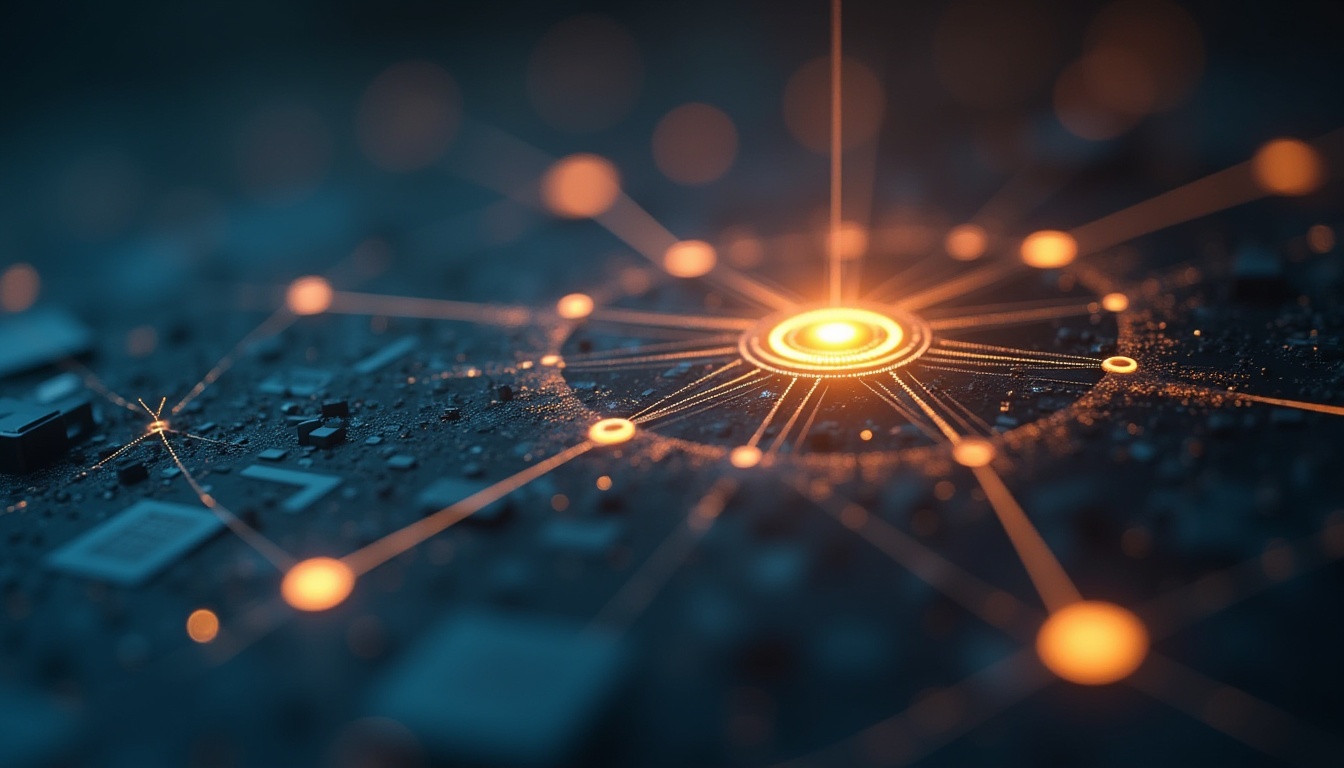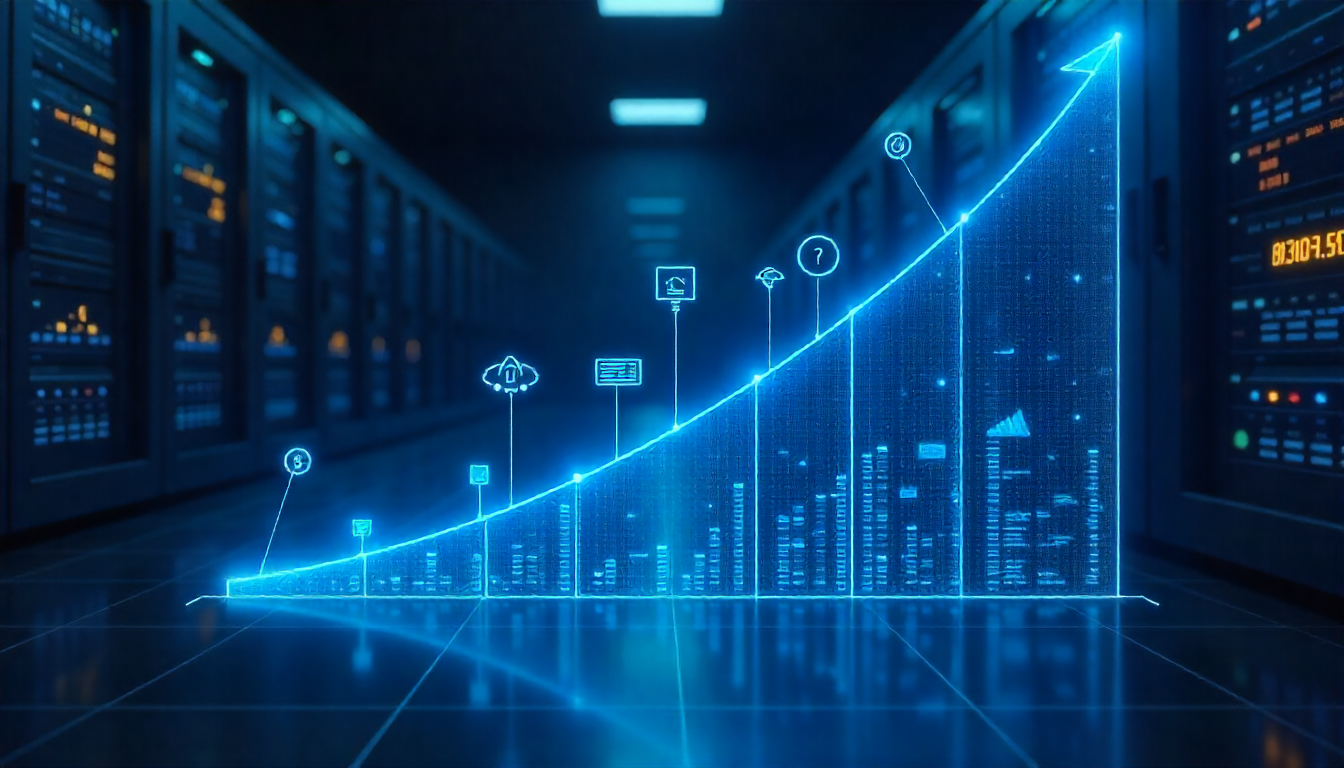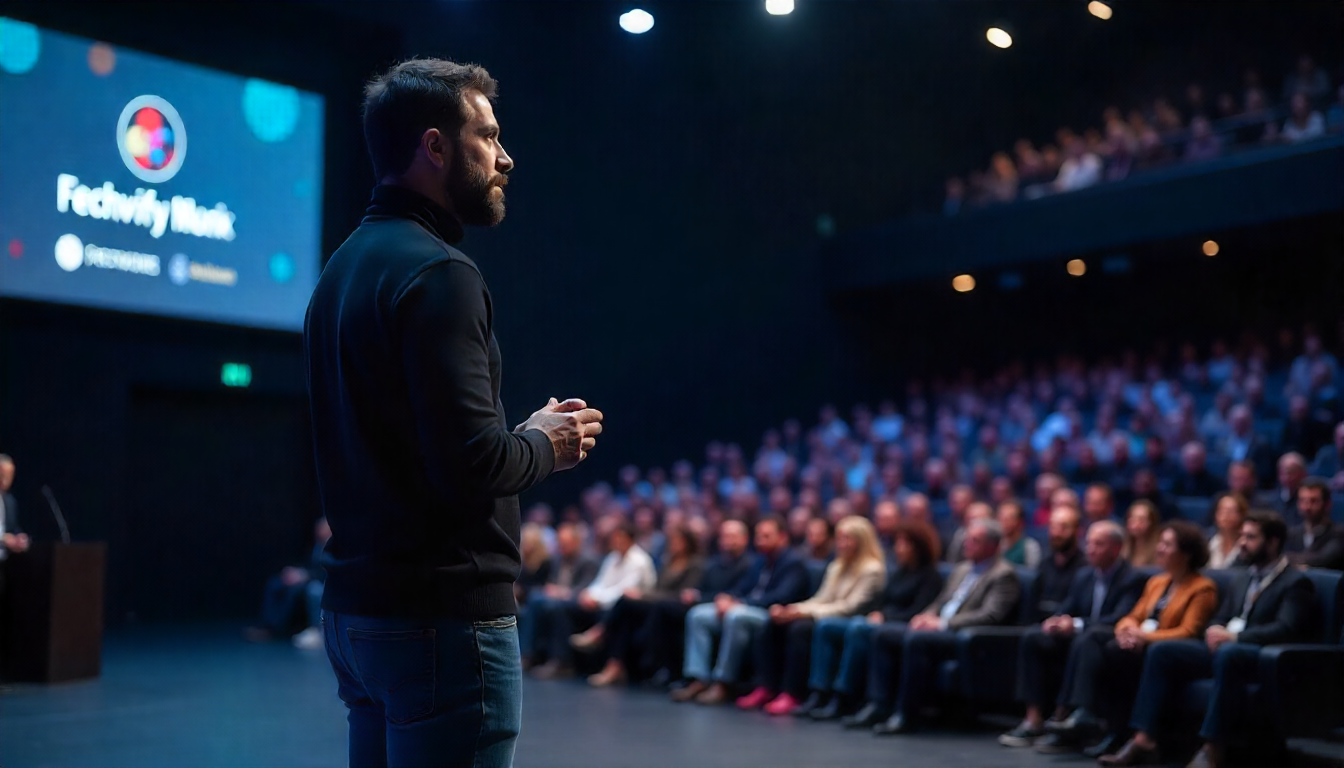



In 2026, AI spending scrutiny will rise. This guide helps organizations plan AI investments that survive CFO review, avoid pilot purgatory, and deliver compounding ROI through clear outcomes, defined metrics, and scalable foundations.

This guide outlines seven key mistakes enterprises will make with AI in 2026—from overvaluing tools to skipping governance—and offers practical, operations-first advice to help teams turn AI from a buzzword into sustained business value.

Many AI strategies become obsolete quickly because they’re focused on specific tools or vendors. This article outlines a durable approach based on stable decision-making patterns: defining clear use cases, setting data governance rules, establishing delivery paths, and embedding measurement from day one. Rather than chasing trends, the key to long-term AI success lies in building an adaptive, operations-based strategy with defined ownership and repeatable execution.

AI adoption won’t succeed in legacy environments. This article outlines how poor data trust, brittle delivery, and lack of operational standards will block AI scale in 2026—and offers a pragmatic modernization path to fix it.

While tools like Claude Code and Cursor can read massive codebases, they lack the architectural context senior engineers have. Without a semantic layer (a structured, machine-readable representation of system structure, relationships, constraints, and domain concepts), AI agents hallucinate APIs, violate architectural boundaries, and make incorrect assumptions about data flow.

This article examines why 70-85% of enterprise AI pilots fail to scale, identifying 11 critical differentiators between successful implementations and failed projects. It provides a practical framework for avoiding common pitfalls by comparing failure patterns with success behaviors across workflow design, integration, operations, governance, and measurement.

The article argues that the "AI talent shortage" is largely a myth created by companies misunderstanding what they actually need. The real problem isn't a lack of skilled people but rather poor organizational foundations, unclear roles, and misguided hiring strategies. Most companies don't need PhD researchers building models from scratch; they need people who can design workflows, integrate AI into existing processes, and work cross-functionally. Success comes from building AI fluency across teams, fixing data and infrastructure issues, and hiring for specific problems rather than following trends.

The automation landscape is noisy, with every vendor promising “AI automation.” This article cuts through the hype to define the three distinct paradigms — traditional automation, AI automation, and AI agents — and explains when each delivers the best results.

GAR transforms enterprise analytics by merging AI reasoning with data verification. Built on a structured knowledge model, it delivers transparent, traceable, and conversational answers that empower faster, more confident business decisions.

Multi-agent systems need orchestration, not just prompts. This article explores proven design patterns that make AI agents collaborate effectively—and the architectural pitfalls that derail them.

Insights from TDC São Paulo 2025 on Agent Event-Driven Architecture: autonomous agents, event-driven design, AWS demo, resilience, and 73% cost savings over microservices.

A practical guide for technical and non-technical leaders on building cost-aware AI systems, balancing performance with sustainable spend.

Modernization keeps you competitive. Learn how velocity with guardrails, cloud-native maturity, and cost-aware platforms drive speed, reliability, and ROI.

AI transformation requires more than tools — it needs strategy, leadership, and cultural change. This roadmap breaks down the journey to becoming an AI-first enterprise in six clear stages.

Get a Custom Course for your management team, to get the latest update on the stage of AI in your industry.

Get a Custom Course for your technology team, to get up to speed on the latest AIAgents and LLM tools and solutions.